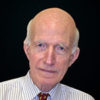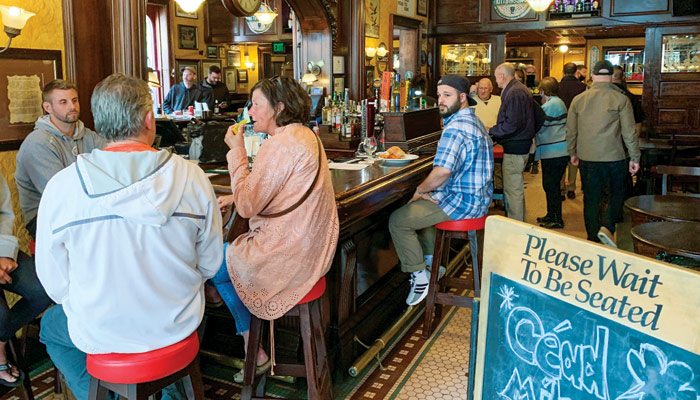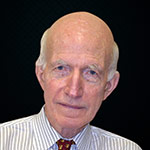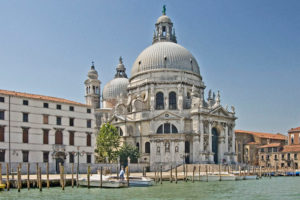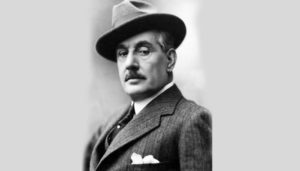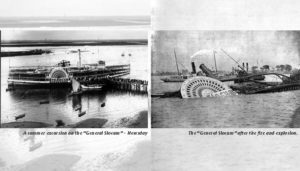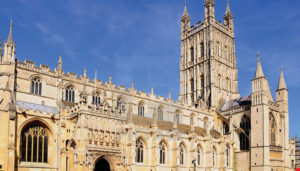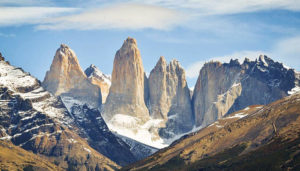The first case of the coronavirus in New York City was confirmed on March 1. The first death, on March 11. By March 13, one hundred cases of the fast moving illness were reported. What followed was an explosive onslaught of hospitalizations and deaths peaking April 7 when I055 New Yorkers died in one day and with 10,000 new cases being reported on several days. New York City in a very short time had become an early epicenter of the pandemic.
Now new cases and daily deaths have dramatically declined. On a recent day, the death toll dropped to 19. These developments have enabled the city to move to Phase 2 of its reopening plan, expected to return 300,000 New Yorkers to work. Phase 2 will allow access to offices, some in-store shopping and the return of barbershops and hair salons, but every such opening must be accompanied by social distancing – staying six feet apart – and restrictions in capacity. I will personally benefit from being able to return to my office, after not being there for 3 1/2 months, and by the opening of barber shops. There are many shaggy, unshaven men like me roaming the streets of New York, frightening dogs, little children and fair maidens, but distancing becomes a challenge when your hair is being cut. The barbers must follow numerous printed pages of instruction, detailing how they should perform their job in the age of coronavirus. Barber and customer must wear masks at all times, so shaving is forbidden. So here I am with a scraggly beard. By my bathroom sink I have assembled this weaponry: an electric trimmer, two razors, three pairs of scissors and shaving cream. I will lay siege to the beard over a period of days. First the chin and then beneath the nose, a section at a time.
Gyms and fitness centers originally were on the Phase 2 list, but then shifted to Phase 4. When written, the instruction sheet for maintaining social distancing while playing basketball should make for interesting reading. The National Basketball Association is struggling with the same issue, but there millions of dollars are involved, so the problem will be solved one way or another. My little gym may throw up its hands and suggest I change to ping pong, signaling the conclusion of an illustrious basketball career.
Outdoor dining will now be permitted on the sidewalk alongside the restaurant and plans are underway to expand outdoor dining to parking lots and neighborhood streets to be closed to vehicles. We New Yorkers love our restaurants and will not be denied them. They also employ large numbers of people which is important.
There is, of course, an element of risk in reopening the city. In other places in the country, reopenings have led to scary spikes in cases. I fervently hope New York’s slow and steady approach may benefit us, but the virus is a relentless foe. In my discussions with friends in Mumbai earlier this year, I was struck how we, in New York, were going through hell with our high caseload and death numbers, while the imprint of the virus in Mumbai seemed small. Now the roles seem reversed, but the example of New York should raise spirits elsewhere, showing that it is possible to reduce infections. But believe me, there is no boasting here, since the situation could change all too rapidly. We in New York City wish the people of Mumbai well.
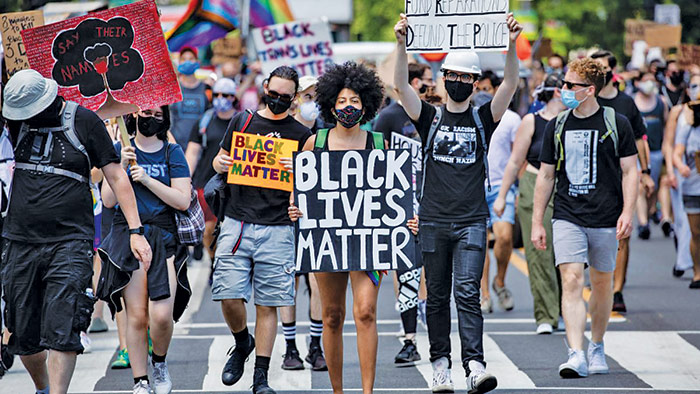
Lives Matter
I rise from the Central Park bench across from Pilgrim Hill near Fifth Avenue and 72nd Street where I have been enjoying sun, blue sky, white clouds and a refreshing breeze away from my stay-at-home imposed status. Only then do I notice a small cardboard sign on the bench beside me, with these words written in crayon: “All Lives Matter.” Had I cardboard and crayon with me, I would have written, “Black Lives Matter.” Both signs are necessary for the world we inhabit.
I have been involved with social issues for decades and know full well the hardships and barriers faced by blacks in American society. These hardships extend even to the newest calamity – the coronavirus – because blacks are more vulnerable to rates of underlying conditions that lead to the virus, like diabetes, high blood pressure, obesity and chronic lung disease. (Dr. Anthony Fauci, director of the National Institute of Allergy and Infectious Diseases.)
But I also know full well that in the past four months, 22,124 of my fellow New Yorkers have died from the coronavirus and that others will die, since the number of infected cases in the city is high and will continue to rise. The dead and infected are of every race and nationality, since this is who we are in New York City. So many lives lost, everyone of whom matters. I plan never to forget this. When I return to my office, I will make my own sign, small in size, large in content, and carry it on my person at all times:
Black Lives Matter
All Lives Matter
Police Reforms

Following the death of George Floyd by police officers in Minneapolis, unrest spread across the land, including in New York City. And some New Yorkers considered the actions of the New York Police Department overly provocative. As I was writing this piece, I heard from my apartment the shouts of unhappy New Yorkers marching in the direction of the Mayor’s residence, and police sirens and overhead, helicopters.
In a remarkably short time, legislation has been enacted banning the use of chokeholds by police officers in New York State, and the repeal of a half-century law used by police departments to shield officer disciplinary records from public view. In past years, repeal efforts have gone nowhere, so this is a major accomplishment. The repeal also extends to disciplinary records of correction officers in New York State prisons.
The store windows of Ralph Lauren, the elegant clothier on Madison Avenue at 72nd Street, occupying both sides of the avenue, reflected the fast-moving developments. During the high number of coronavirus deaths in the city, shades were drawn to cover the window displays, each bearing these words: “It is in the spirit of togetherness that we will rise.” During street unrests, the shades were replaced by wooden boards to protect the glass. I consider it a good sign that the boards are gone now and the shades and inspiring words restored.
Hospital Visit
One morning, I enter the hospital on Fifth Avenue across from Central Park at 105th – 106th where I was born on January 12, 1937. Then called Flower and Fifth Avenue Hospitals, I enter, not as a patient, but in hoped for anticipation of using the bathroom facilities, apologizing to the guardian at the entrance for my 83-year absence from the institution. What a lovely name for a hospital. Flower, a symbol of spring and renewal, and Fifth Avenue, associated the world over for elegance. Without further ado, the guardian takes my temperature, hands me a face mask, disinfectant and key to the men’s room.
An unexpectedly warm welcome to receive in a city filled with death, fear and suffering. Dear place of my birth, thank you for remembering me. I return the key on departing.
East Meadow
I return to the East Meadow in Central Park, scene of my youthful exploits on the soccer field when attending St. Bernard’s School. The 68-bed field hospital of tents, with ten intensive care units, has been disbanded and the East Meadow is being restored, a hopeful sign that perhaps we are moving beyond this calamity.
On a nearby fence, I come upon a bouquet of dried flowers. Appended to the bouquet is a note reading, “TAKE HEART!” – To my mind, a tribute to the 315 patients who received treatment here. To those who survived and to the memory of those who did not. To their health care providers and families and friends. And an admonition to each one of us to face the challenging future together with resolve.



